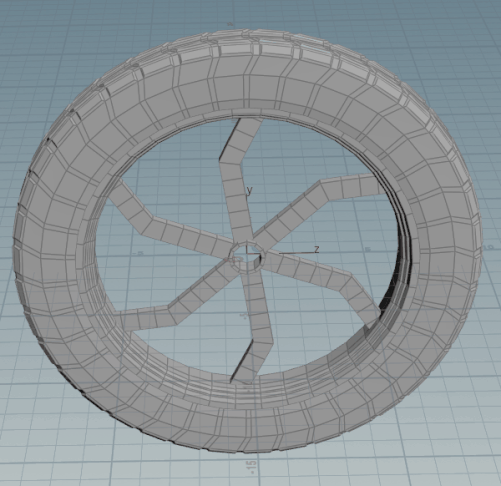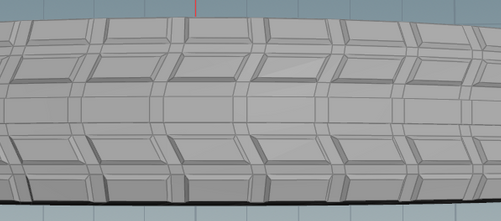HOUDINI BLOG
MY JOURNEY INTO HOUDINI
GETTING STARTED WITH HOUDINI
9 september 2019 - 15 september 2019
What is Houdini?
In order for studios to achieve great gameplay while meeting deadlines and containing costs, a procedural approach using Houdini offers a smarter way to create quality games. While Houdini has a wide variety of tools designed for generating CG content, it is its node-based procedural workflow that sets it apart because it makes it easier for you to create directable CG shots, explore multiple iterations and refine your work, even deep into production ~ Houdini website
- Realtime Fx
- Environments
- Terrains
- Procedural modeling
- Much more (crowds, sculpting, rigging, ...)
I'd always wanted to learn Houdini as a developer. When I saw its many strengths and advantages, I was immediately sold. I knew Houdini was more for artists than programmers, but the proceduralism was simply too interesting to resist. It's also been used by many big companies like f.i. EA, Naugthy Dog, Guerilla Games, Insomniac Games, etc. This is just another testament to the enormous potential held by Houdini.
In the video below you can find a showreel of Houdini games:
Houdini is free!?
Yes, Houdini is free, but for non-commercial work only. You can do anything you want with it, but you can't export or open your work in the commercial/paid version of Houdini (Engine) and game engines like Unity and Unreal Engine or 3D software like Maya and 3DS Max.
Want to learn more about Houdini? Click on the following link: https://www.sidefx.com/
Download now: https://www.sidefx.com/download/
Where do you begin?
Getting started is quite easy! SideFx has many tutorials and introductory videos on their own website to guide you in their software. Who better to introduce you to Houdini than the people who made it? (https://www.sidefx.com/learn/getting_started/)
Another tip is to explore the internet for Houdini. (Artstation, Youtube, Vimeo, Artist tutorials, etc.)
Using Trello as a guide
To start off, I love using Trello as a board where I can sort and store all my info/tutorials/guides. It's very easy to use since everything is sorted by topic. If you're learning Houdini with someone else (recommended!) you can build a board together and see what tutorials/guides other people found online that you might have missed. Again, Trello is a handy online tool which you can acces anywhere for free.
My first try
After exploring Houdini for a few days I thought about making my own "tool". I wanted to get a hang of the basics of modeling, so I wanted to make a dynamic car tire. This was a great exercise where I learned a lot by researching and trying out some stuff. I must say the learning curve in Houdini is a bit different than in other 3D software packages. Let me explain this with a picture. :)
TIP: Use F1 in Houdini for help! It will bring up the documentation
Learn from other people
I recommend to watch talks about Houdini and other procedural talks because that's a way to understand the general workflows. It will help you understand what you are doing and help you discover things you maybe wouldn't have thought of. Keep track of that information because you never know when you'll need something similair to what you just read/learned/watched/etc.


